Autopsy.Online
Desktop devices
recommended.
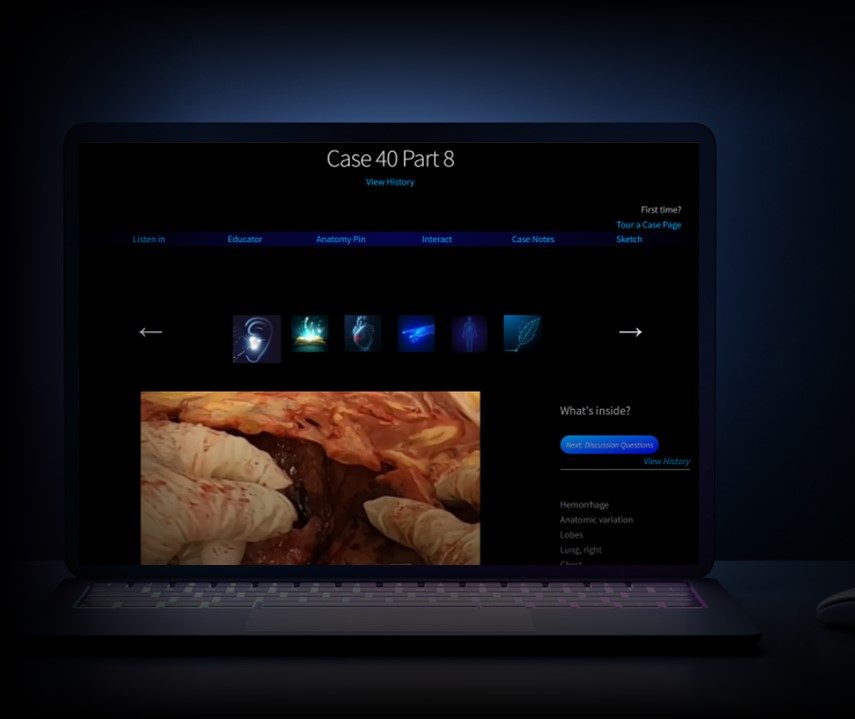
Real cases.
Taught by the body.
Real cases.
Taught by the body.
An interactive training lab for clinical and pre-clinical programs.

Real cases.
Taught by the body.
Real cases.
Taught by the body.
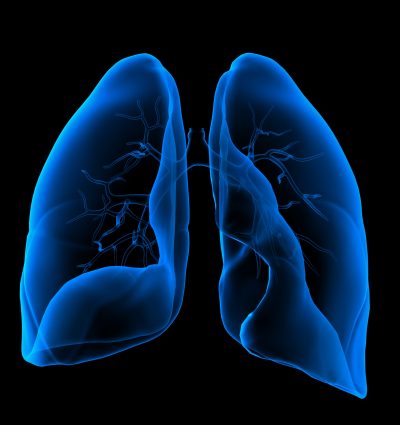
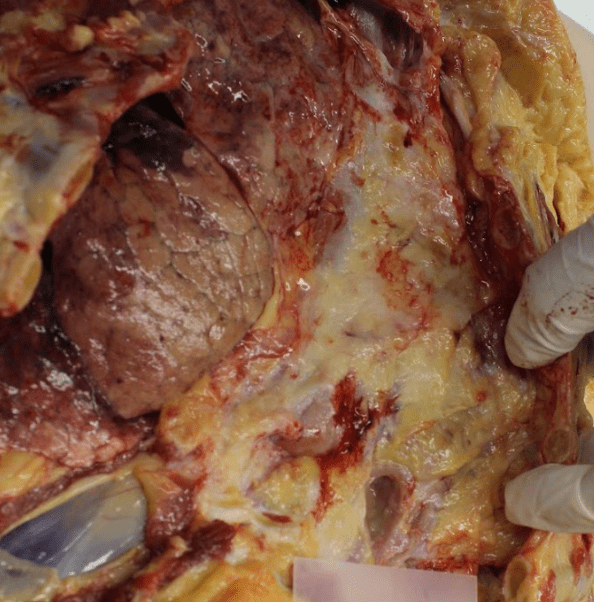
Case 29: Middle-aged woman with history of respiratory infection one month prior who developed swelling in one leg.
Unilateral leg swelling
Deep venous thrombosis
Pulmonary embolism
Left circumflex
coronary artery
Posterior descending
coronary artery
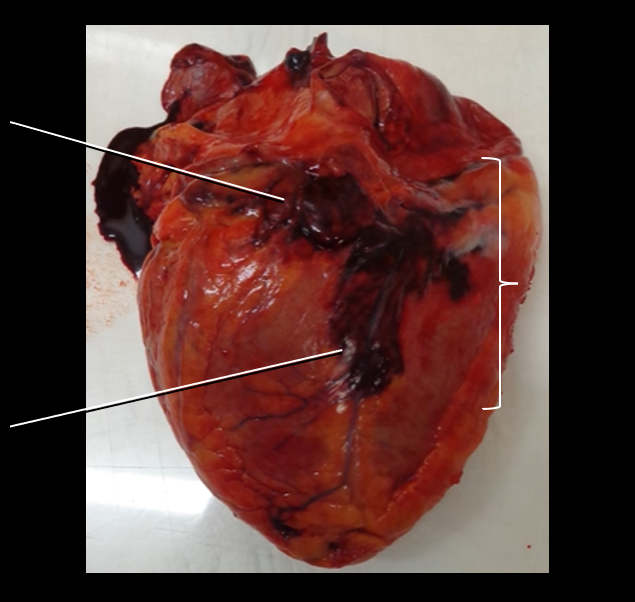
Coronary artery
rupture during
stent placement
How it works:

Learn from varied cases
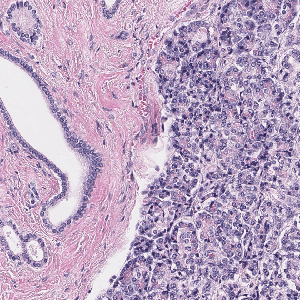




Autopsy.Online is an active, consented, body donor program mastered into a teaching video-database. Explore surgical, critical care, and many other clinical issues.
Meet your patient through the clinical history. Follow the case while tracking your own assessments. Use the anatomy for evidence-based learning.
Rethink, solidify and grow your clinical skills. Explore higher-level considerations of medical uncertainty, communication, care systems, ethics, and diagnostic errors.
Students earlier in training can focus on anatomy, physiology, pathology and clinical correlation.